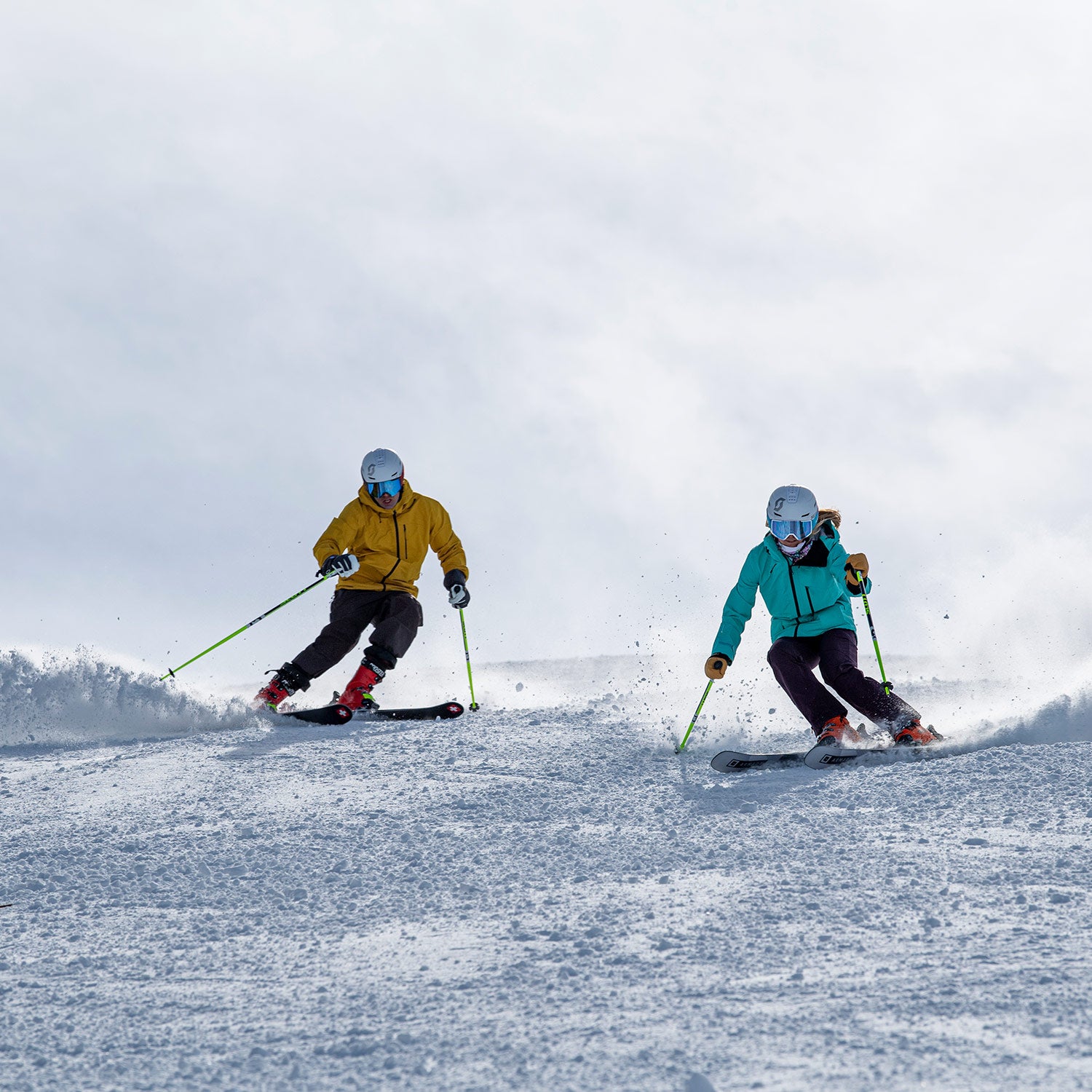Last February, we took a small crew of testers—six men and six women—to check out the latest skis from across the industry. Over the course of three days, we evaluated 118 skis from 18 brands and covered approximately 1.2 million vertical feet (32,400 per tester per day). That’s a lot of concentrated time out on the hill, so we decided to put some other gear to the test as well. Here is the kit that helped us get through the week.��
Scott Symbol 2 Plus Helmet ($220) and Shield Goggles ($100)
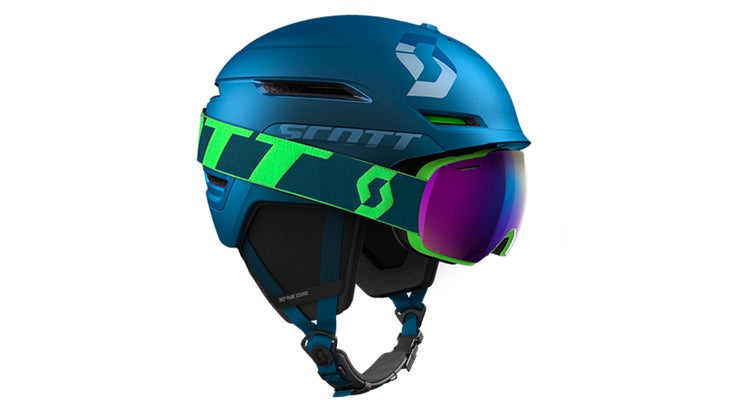
When pairing helmets and goggles, sticking with the same brand makes sense, because the products are designed in concert. This means the venting in the goggles and helmet brim line up for better air exhaust and less fog, and you’re guaranteed not to wind up with an unfortunate gaper gap. For our ski tests, we went with the and .��
Let’s start with the helmet. It’s fully loaded with smart features like MIPS, which reduces rotational forces on the brain in a crash. Scott’s designers also spent more than two years at the Medical University in Innsbruck, Austria, designing special ear pads made from sound-permeable fabric, with perforations in the padding and a unique trumpet-shaped plastic insert to deliver crisp hearing as you ski—a huge safety boon on crowded slopes or in avalanche terrain. On the test hill, the comfort afforded by the dial-ratchet fit system was spot-on. A vent lever up top makes it backcountry or spring skiing worthy.��
Meanwhile, the Shield is not the most expensive model in Scott’s line yet offers plenty of top-level performance. We love the combination of a minimalist frame with a deeply wrapped cylindrical lens, which delivers a huge field of view. Most high-end goggles now feature some sort of custom light filtration technology to boost contrast, and the Shield is no exception. Its Amplifier Lens, which highlights blue, orange, and red light, is one of the most versatile we’ve used.
Scott Team Issue SRS Pole ($110)
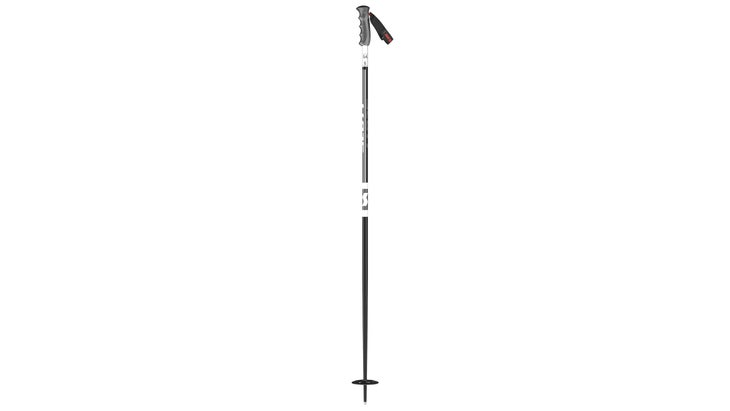
Scott’s strap-release system allows your hand to break free from the pole if you catch a basket on a branch while tree skiing. That’s critical for avoiding a dislocated shoulder. Another benefit? You can easily take off the poles and put them in your pack in avalanche terrain, where you want to come away from your skis and poles in the event of a slide. Just push the pressure clip on top of the pole with your thumb.��
Flylow Kane Jacket ($450)
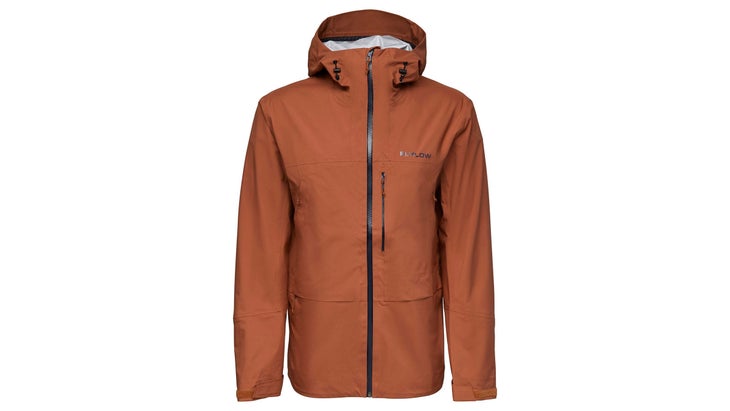
We ski in insulated jackets on the coldest of lift serviced days. For everything else—ski touring, in-bounds hike-to terrain, aggressive skiing in mild temps—we want an air-permeable outer layer that allows for temperature regulation. That’s the . These days, most of the major apparel makers have their own take on air permeability blended with waterproofing. Flylow’s is bonded to a stretch fabric that’s great for dynamic skiing. It’s also incredibly supple, which further boosts comfort on the move and makes the jacket easy to scrunch into a pack. The Kane is also cut long enough to keep spray out without needing a powder skirt—yet more bulk reduction. We layered under it on cold days. In spring, we toured in it with the 12-inch pit vents fully open. Clearly designed by skiers, the pockets are just big enough for today’s malleable climbing skins, and you can access them with the waist belt on the pack buckled.
Dakine Boot Pack 50L ($70)
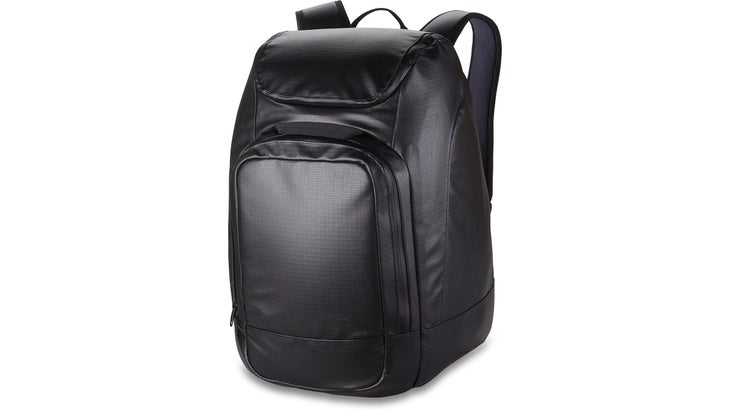
For those of us who don’t own slopeside condos, our tailgates are our base lodges. To make the parking lot scene work, you need to be dialed. This by Dakine is a life changer. It fits everything you need for the day except for the skis and poles. Smart pockets everywhere stash goggles, a helmet, hats, extra layers, sandwiches, and even your diamond stones and rub-on wax. A massive cavern accessed through the back panel keeps wet boots away from dry gear. Because Dakine knows the backpack game, the breathable straps are wide enough for a comfortable carry.
Dermatone Outdoor Protection Kit ($29)
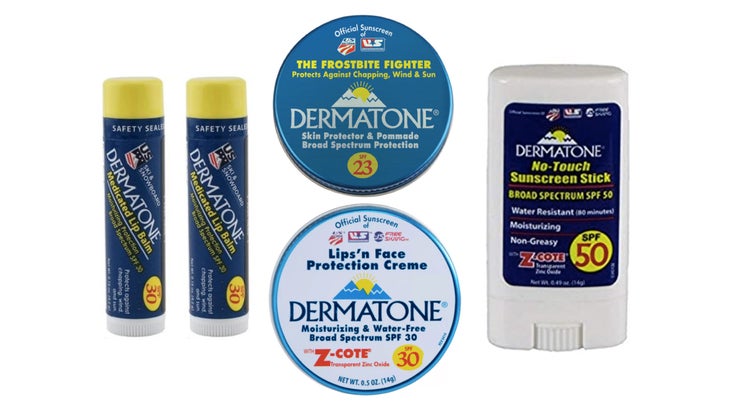
Dermatone is made without water, which means it not only fights sun damage but is also safe to use in frostbite conditions. (It can help prevent surface skin damage from bitter temps, moisture, and wind.) We slathered on the salve from the ($7 when purchased separately) before heading out for the day and then applied top coats throughout the day with the Mineral SPF 50 sunscreen, lip, and face sticks.
Miraflora CBD (price varies)
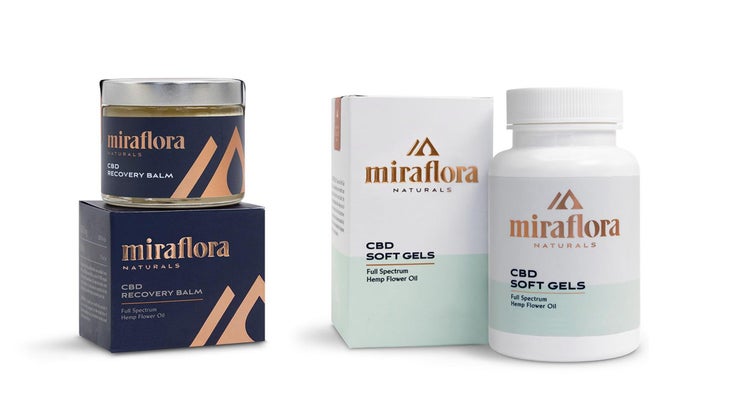
Thanks to COVID—and our budgets—massages were out last winter, but the aches and pains of three days of hard-charging, bell-to-bell skiing stuck around. Thankfully we had Miraflora’s family of CBD products on hand. By now you know that there’s a proven anti-inflammatory effect from topical or ingested CBD. We rubbed the ($25) on the quads and knees and swallowed the ($33) an hour before bed to get a little better sleep at elevation. And we sipped the brand’s after skiing to kick-start recovery.


